Curdi is a small village located in Sanguem taluka of South Goa district in the Indian state of Goa. The village is now submerged in water due to the construction of the Salaulim Dam in the 1980s. The dam was built to provide water to the nearby towns, and the residents of Curdi were relocated to a nearby area. The small village, has a unique history that is slowly being revealed to the world. This is because the village, which was once inhabited by a thriving community, now lies submerged underwater. This village is unique because it has a fascinating history that lies beneath the water. Today, Curdi is known as the “underwater village” of Goa.
Table of Contents
Curdi Temple
The village is believed to be around 300 years old and was home to around 3,000 people. The village was mainly inhabited by the Gawda tribe, who were known for their farming and fishing skills. During the month of May, when parts of the submerged village resurface above the water level, the former inhabitants return with their families to picnic at the various standing structures within the village.
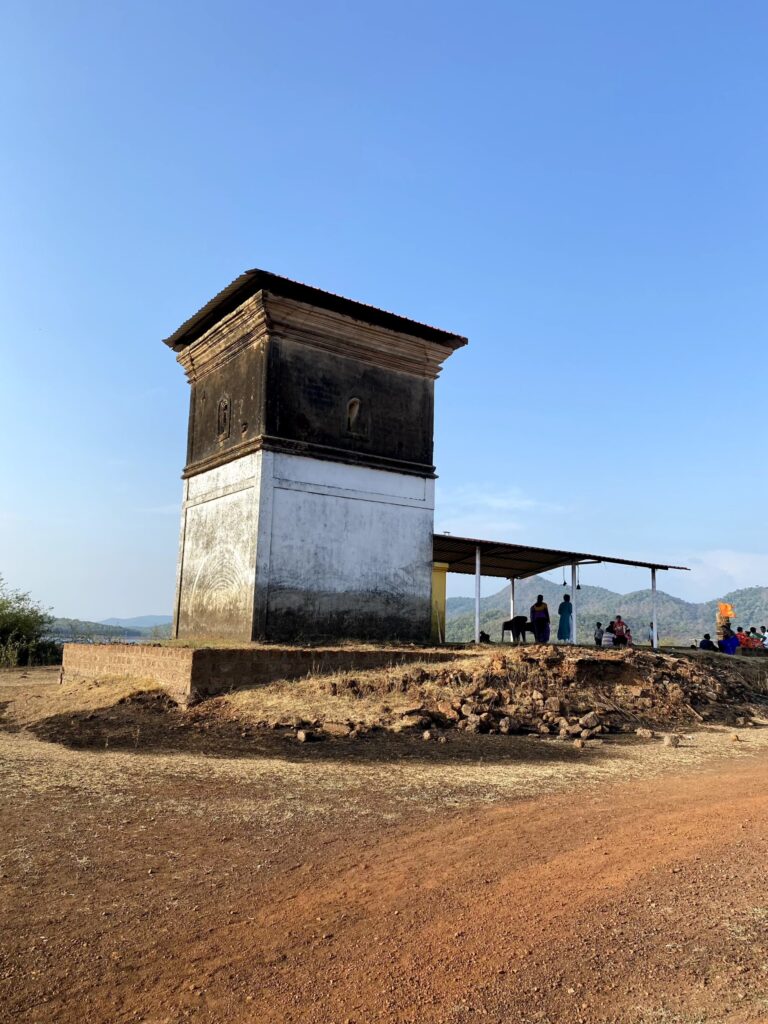
The most attractive place in Curdi village is the Shree Someshwar Temple. The temple is dedicated to Lord Shiva, one of the principal deities in Hinduism. The temple was constructed in the 12th century during the Kadamba dynasty and is considered to be one of the oldest and most significant temples in Goa. This temple stands out for a unique reason – unlike the rest of the village, it remains above water even after submersion. Its remarkable survival has made it a popular attraction for visitors to the submerged village of Curdi.
Photos of the Submerged Village
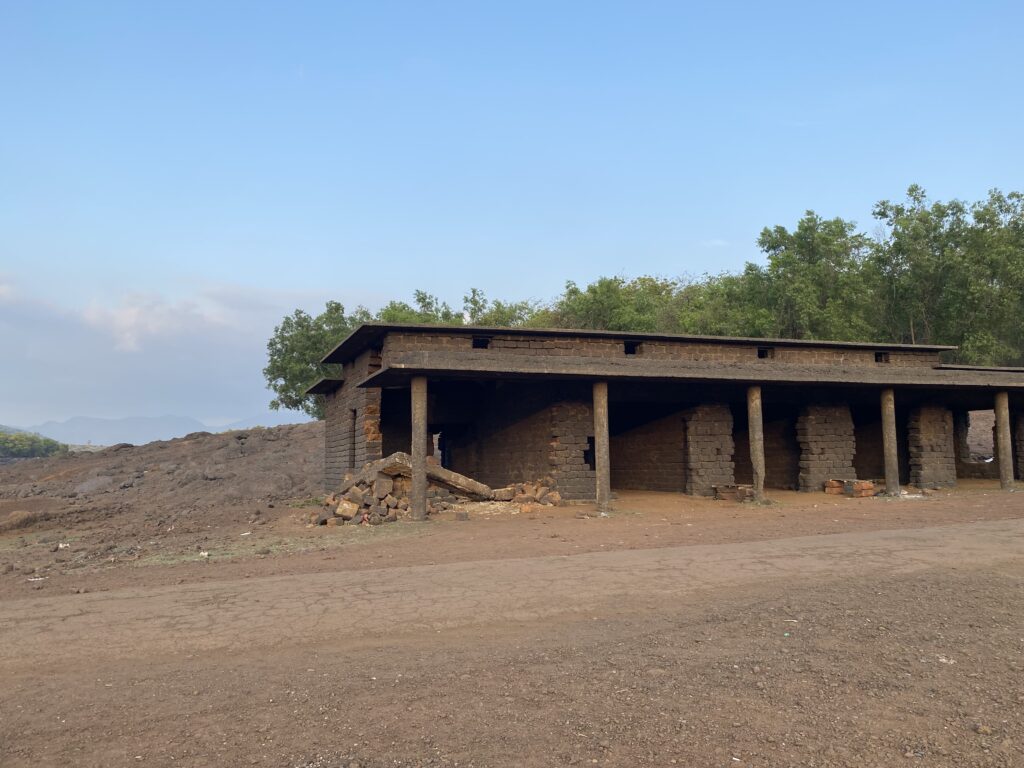
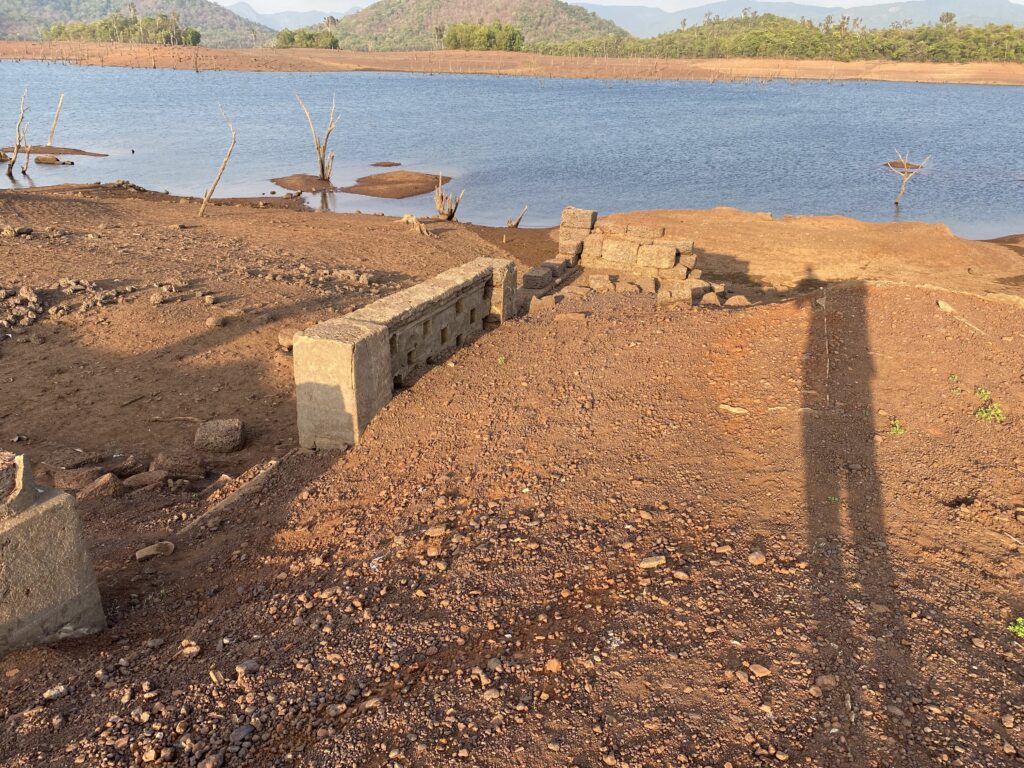
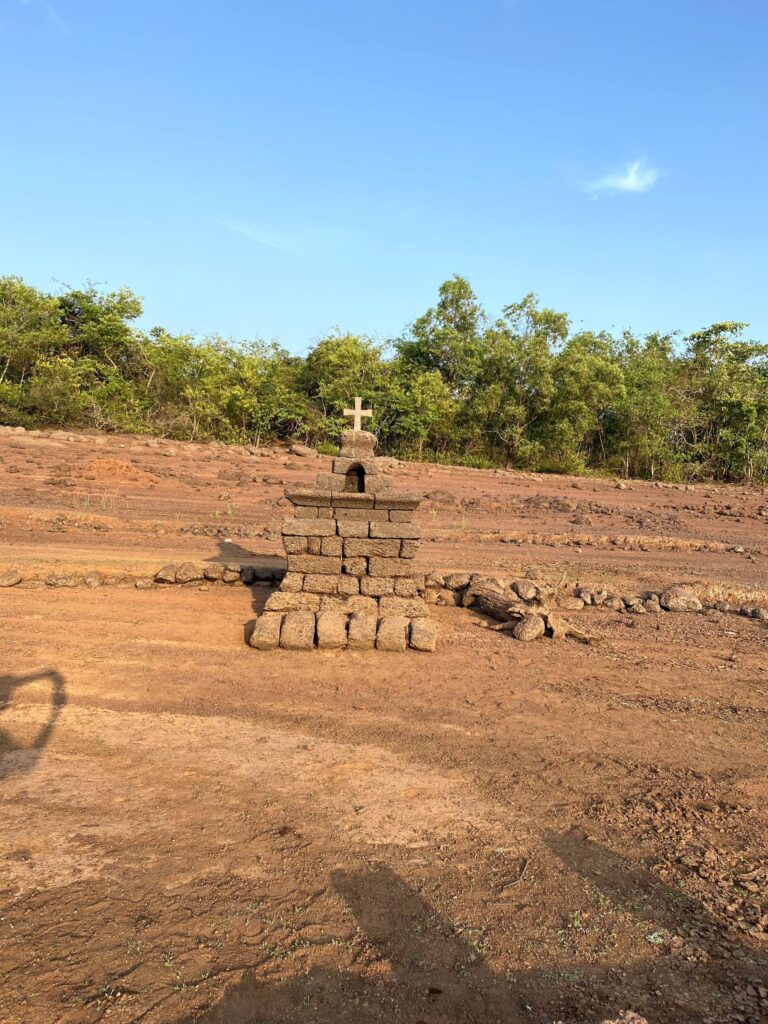
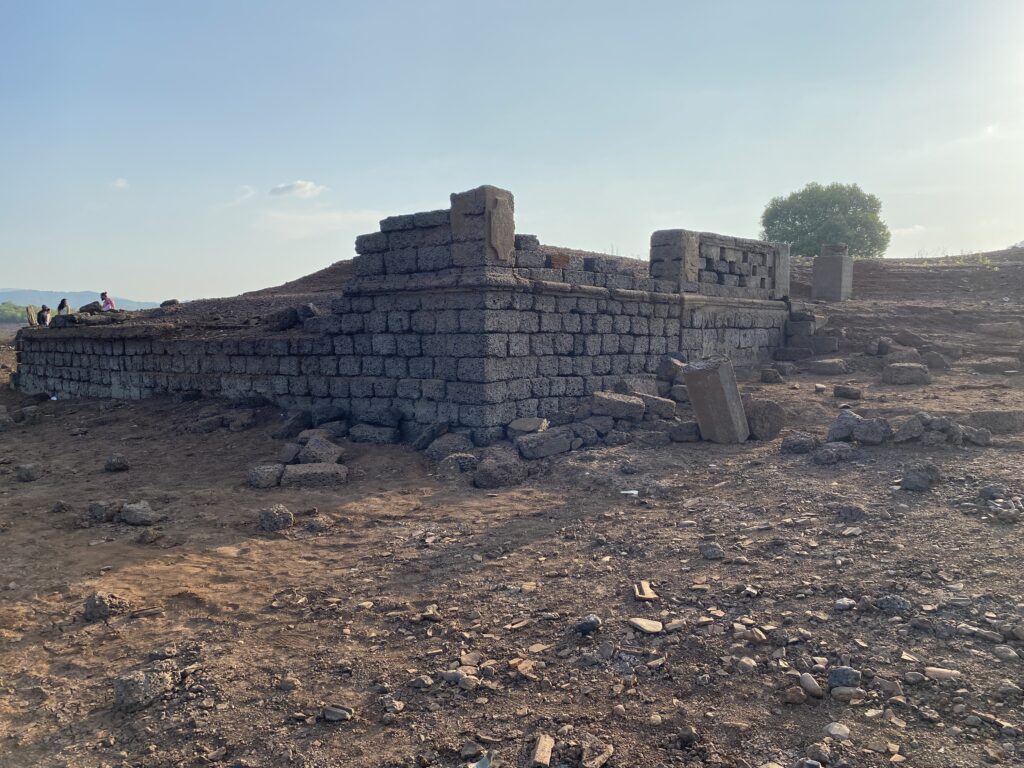
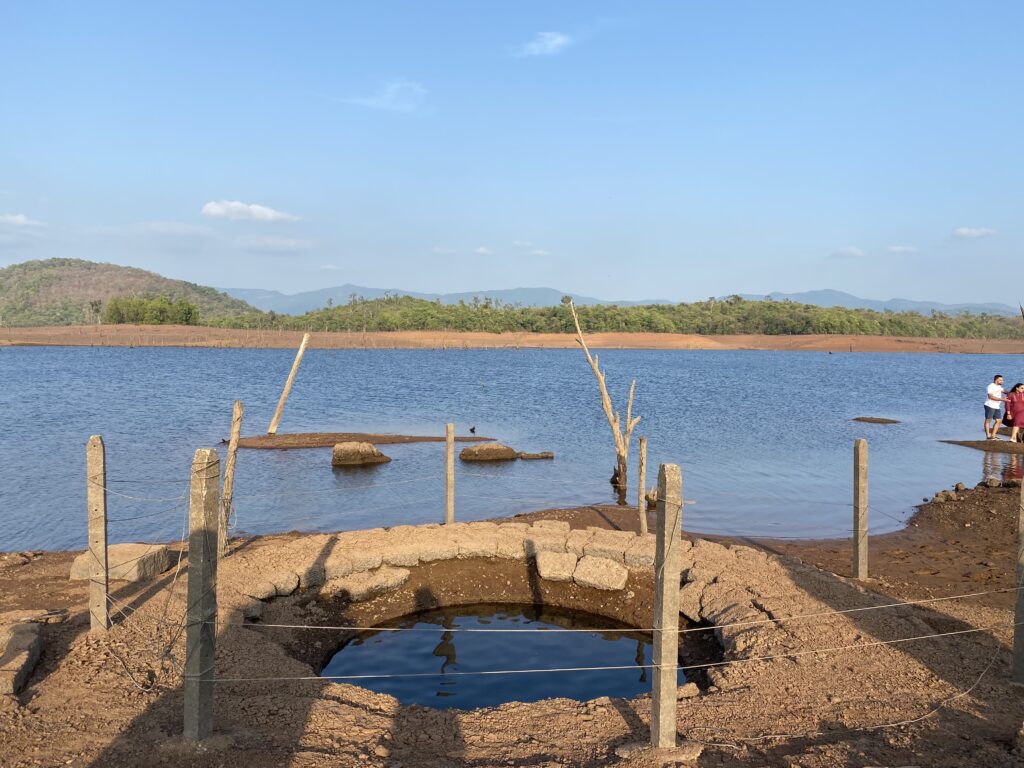
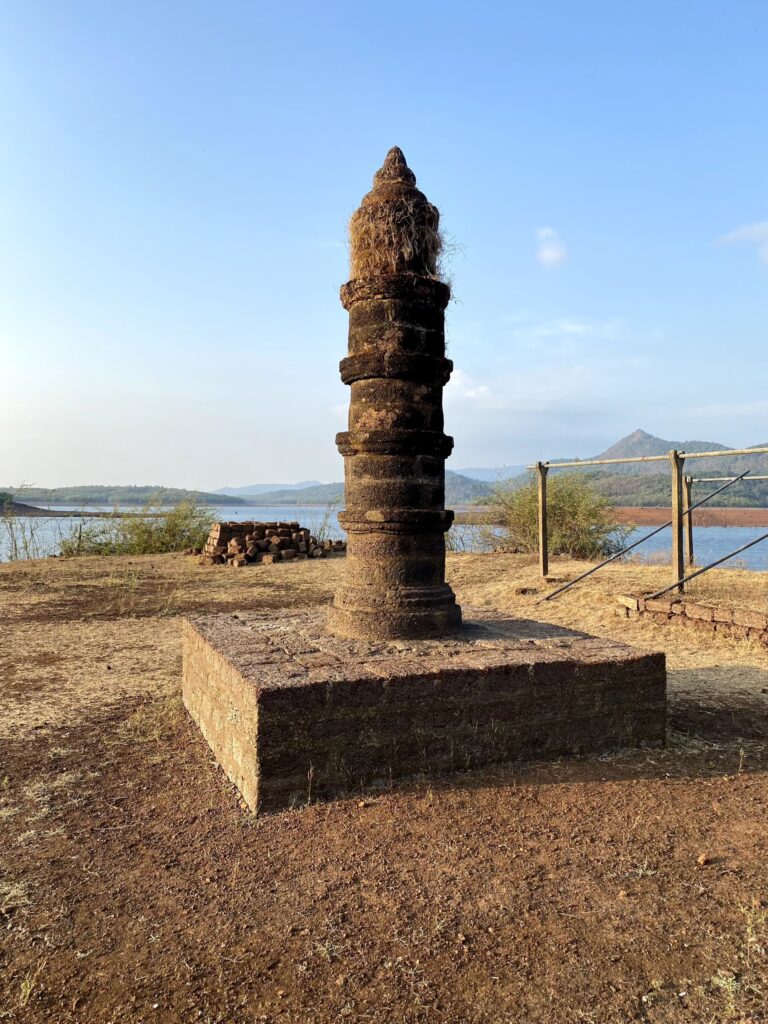
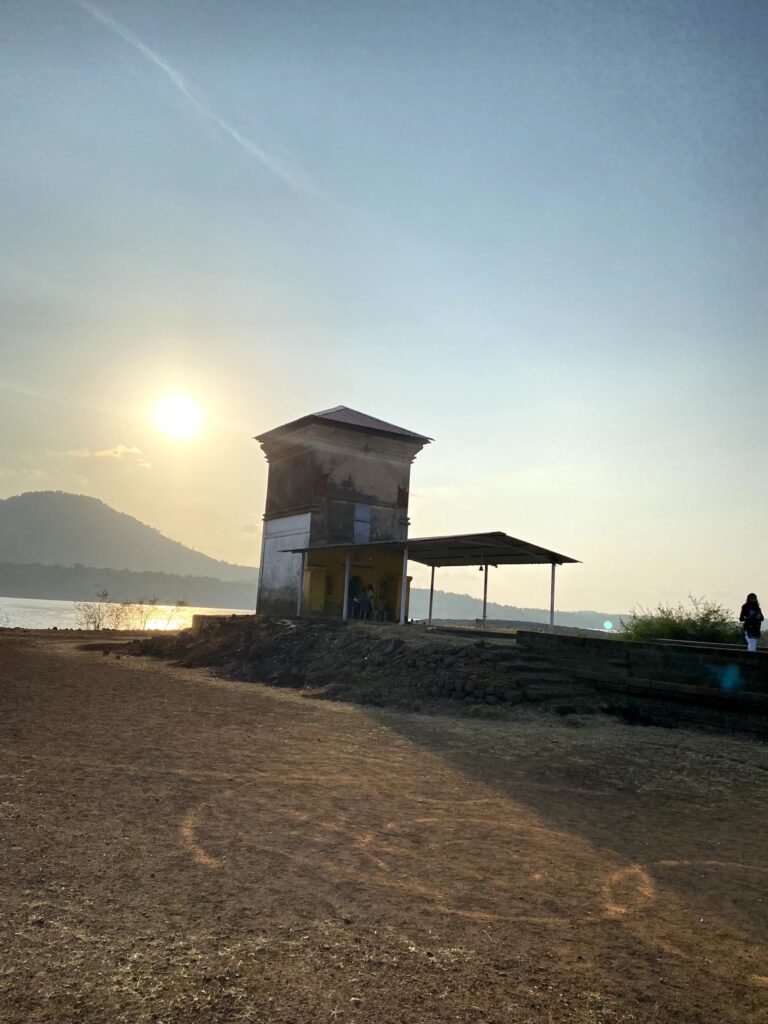

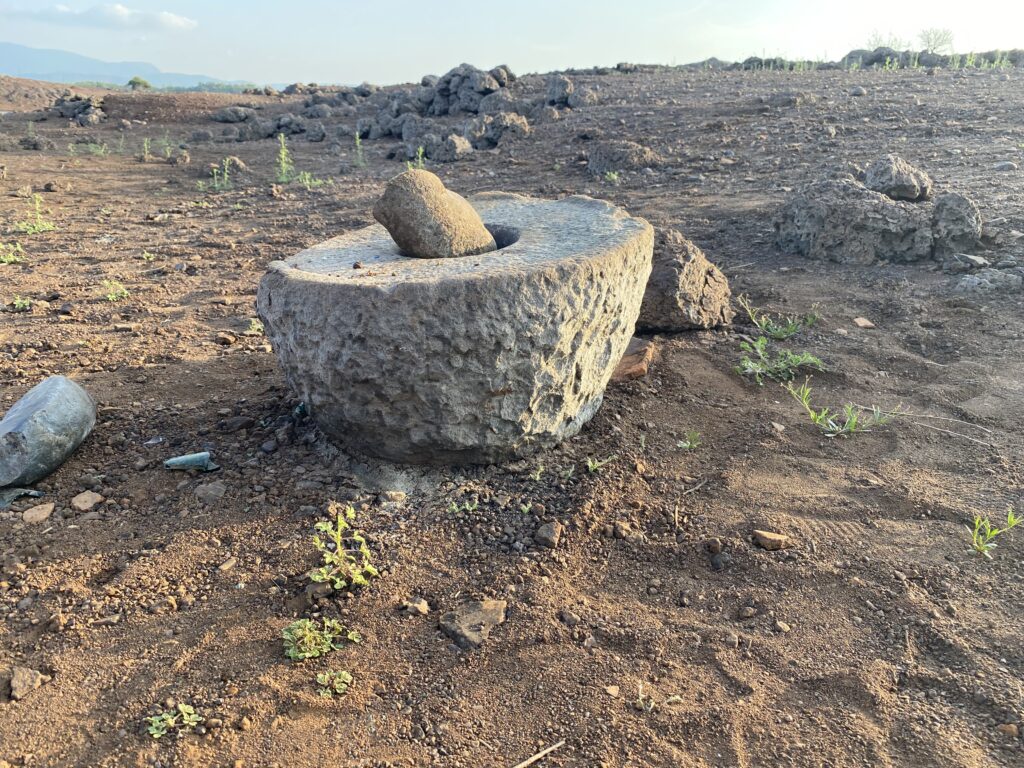
Overall
While the village of Curdi may no longer be inhabited, it continues to attract visitors from all over the world who are fascinated by its rich history and unique underwater experience. The submerged village is a reminder of the power of nature and the impact it can have on the lives of people.

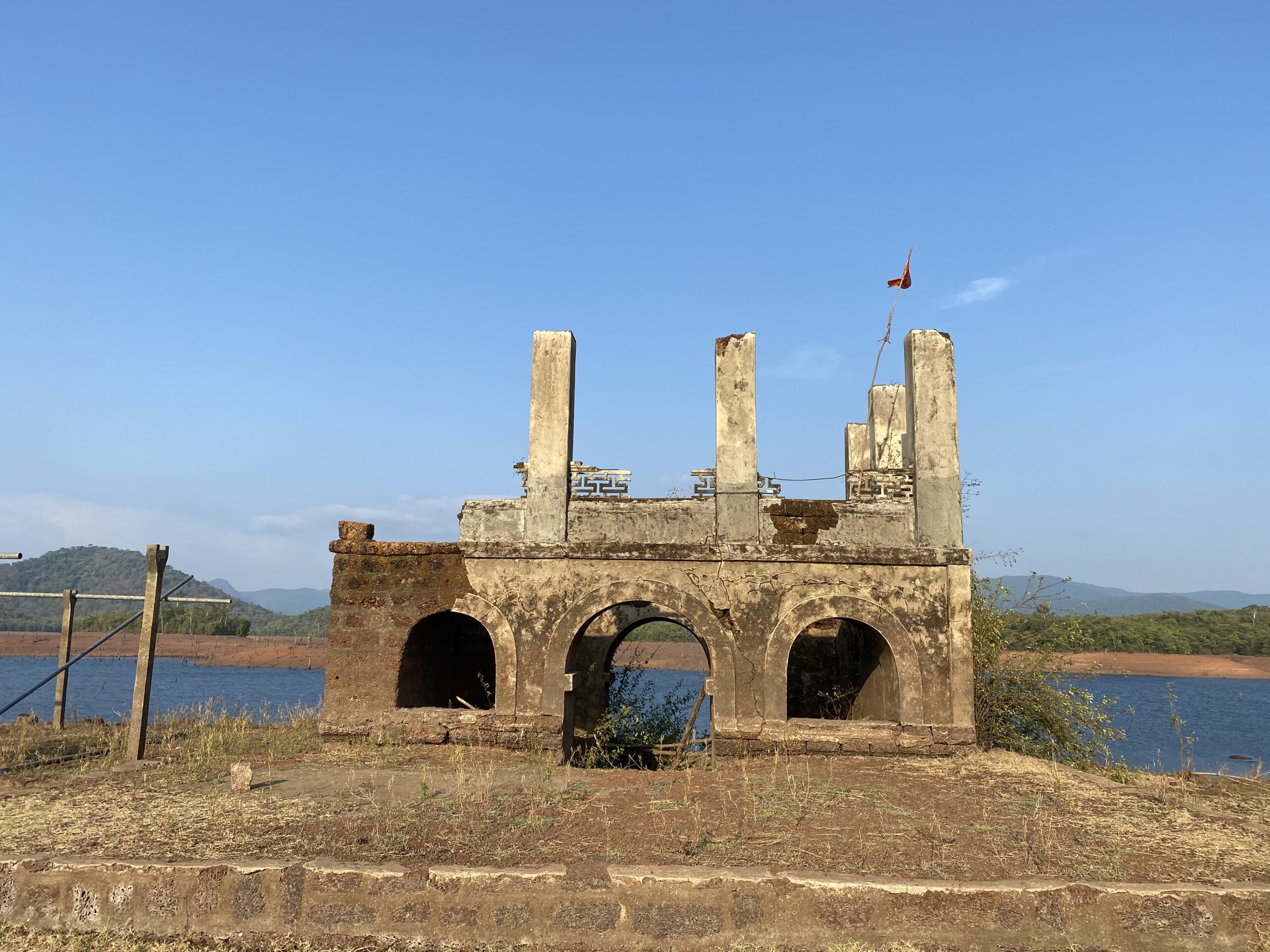
One comment